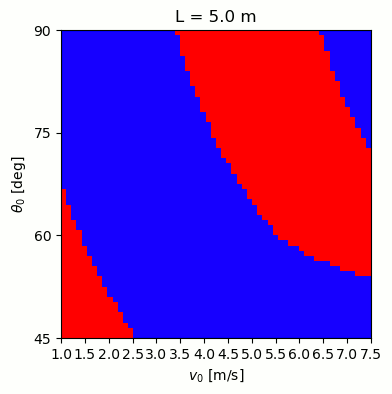On a camping trip a little while ago, I was watching the wood shift in the fire, and I came up with an interesting thought experiment: If you put a candle on a scale and light it, what does the scale read over time? Obviously over a long time, the measured weight will decrease, since the candle is burning away, but for a short time after lighting, would the weight appear to go up from the mass being ejected from the candle?
The candle is throwing gasses upward at some velocity, giving them momentum. This in turn pushes the candle down with the same change in momentum, similar to how a rocket works. Change in momentum is the same as a force, and we also have gravity pushing down according to the current mass:
To calculate the momentum change, I decided to use the average speed of an ideal gas:
Where k is Boltzmann's constant, T is the temperature in Kelvin, and m is the mass of the molecule. When things burn, they typically give off two types of molecules: water, and carbon dioxide. To figure out how much, we'll need to do a bit of chemistry. Candle wax is typically a large hydrocarbon, which combines with oxygen:
For beeswax, n is 45, so since I'm a physicist, I'm going to call that big and throw out those plus-2s to say that for every 1 unit of carbon burned, there are 2 units of hydrogen and 3 of oxygen. Now we can write the total change in force as
The Wikipedia article I linked above gives a burn rate of about 0.1 g/minute. Plugging in a couple different temperatures, we can plot this function over a few minutes:
Impressively, the candle will register a greater force on the scale for around 8 minutes! Less impressively, that extra force will be around 2 thousandths of a pound. Looks like Yankee Candle won't be starting a space program anytime soon.






